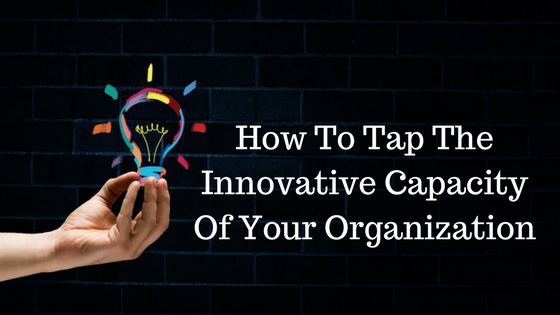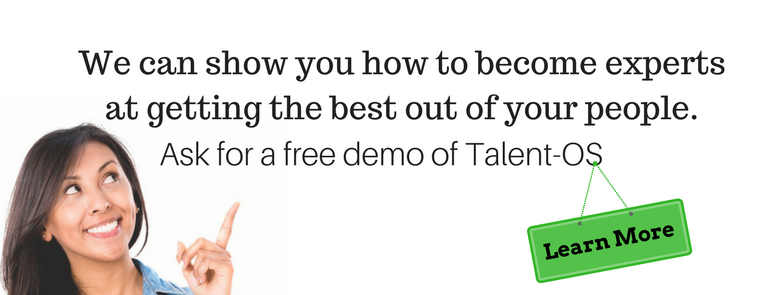“I need to help our leaders and managers think through the practical aspects of talent management. The success of our company rests on constant reinvention and developing our existing talent pool. There must be a handful of fundamental practices that everyone can grasp to drive up that creativity quotient? ” ~ Judy Madison**
Every person and team is creative by birth, and so are you! Today, creativity is rewarded, yet in short supply. Learn how to unlock it and excel. You can create both personal and competitive advantage.
"Imagination is more important than knowledge. Knowledge is limited. Imagination encircles the world."
Albert Einstein
The workforce feels down, unmotivated, and unloved. Everyone speaks about the employee engagement crisis, but few offer solutions. Yet, there is one. Management must stop treating workers as interchangeable parts and learn as much about the human infrastructure as their computers, processes and competitors. The shared emotional needs that underpin organizational effectiveness are actually indispensable tools, and the key to unlocking creativity and innovation.
Let’s look a little more deeply at why. Everyone is creative. Children have abundant creativity, and if you look at how cleverly humans shaped the environment to their needs, you see it was, is, and will remain fundamental to the dominance and survival of our species. We have plenty of creative potential. Yet, today there is a lack of innovation in traditional corporate America. What happened? Quite simply, corporations treated workers as parts who were given no room to think and create. Add to that an educational system that rewarded memorization and the outcome is self-evident. But don’t let this fool you. You have creativity locked inside you - and your organization if you are a leader. Trust me it is there even if it’s latent.
I give a lot of talks, and in them I always stress how important it is for leaders to understand that one of their roles is Culture Design. Many functions like organization and governance require thoughtful design but of all these, the most critical is the design of your culture. This is the crucible in which the social chemistry of your organization crystallizes into a positive and supportive environment or in the case of many large organizations, one that is negative and poorly suited to creativity. There are so many emotionally numb and lifeless departments where the light bulbs of creativity are dim. Business imitates life; companies reap what they sow. So it is the social environment that drives mood, sentiment, desire, and if designed right unlocks innovation. Therefore innovation is an outcome - a byproduct of the culture you build.
Here are 12 design fundamentals that will help you unlock the collective creativity of your organization:
1. Start with professionals who work creatively. As noted above everyone has some degree of creativity and imagination but there are people who are extraordinarily creative. These folks have pursued creative outletson their own overcoming the negative effects of our educational system. As an insightful leader, hiring some talent with a creative/innovative track record should be one of your goals. That said if you have a large organization you already have a lot of creative potential waiting to be used.
2. Research has shown that an upbeat, positive environment helps the creative juices flow. Ask yourself and your colleagues this question. What is the mood in your area or department? It is upbeat? And if not, what can you do to help the situation?
3. Stress and fear cause individuals to engage in protective behaviors in order to survive. For creativity, this is suboptimal. Fear stimulates the brain’s limbic system (your threat sensor), which cuts off higher order cognitive processes to focus all energy on survival tactics. I don't recall any great inventions conceived by someone fleeing danger. So track protective behaviors to their root cause.
4. Provide an environment that offers think time. Albert Einstein would take long walks so that he had time alone to think and refine his theories. More evidence can be found when you study breakthroughs, like the invention of the semiconductor where Jack Kilby was nearly alone at work with lots of time to think when he realized silicon was the solution.
5. The enthusiasm and creative energy people have when they do what they love, has great innovative value. Let people shape their roles. Let their freedom and enthusiam allow themselves to try brave new thought.
6. Mix people with different points of view and thinking styles à la Myers-Briggs, to unleash creative abrasion. This is a well-documented method of stimulating group creativity.
7. Nurture deep and intimate institutional experience amongst your staff. Steve Jobs said, "Creativity is just connecting things". Deep experience provides a large number of threads of knowledge to interconnect, driving innovation. Unfortunately most companies haven’t understood the value of intimate experience, and have exchanged professionals with abundant institutional experience for commodity labor with none!
8. You get what you ask for. Encourage people to be creative, reward it and be a good audience for a stream of innovative thought and discourse.
9. Encourage openness. Einstein said, "The important thing is to not stop questioning." If you don’t have a culture where people are comfortable speaking up the important questions will never be asked.
10. Social relationships/networks drive innovation. Great explosions of creativity throughout history have come in clusters so people clearly feed on the knowledge and passion of others. The more creative your teams, the greater the likelihood it will be expressed.
11. Build a blame free culture. Innovation is often about trying and failing. If failure becomes blame, then you have an innovation short-circuit. Leaders must tread carefully with this one with reminders of intention when performing project reviews and "lessons learned" exercises.
12. Laughter and humor are a great aid to creativity and therefore innovation. Encourage people to have fun. You will get more creativity and a lot more productivity too.
Lastly, don’t try to quantify the value of each driver. Build the right culture and innovation will come. At that point, almost anything can happen. Imagine that.
**Judy Madison is a fictitious character that helps us think through challenges of HR transformation. Any resemblance of any HR professional is purely coincidental.



